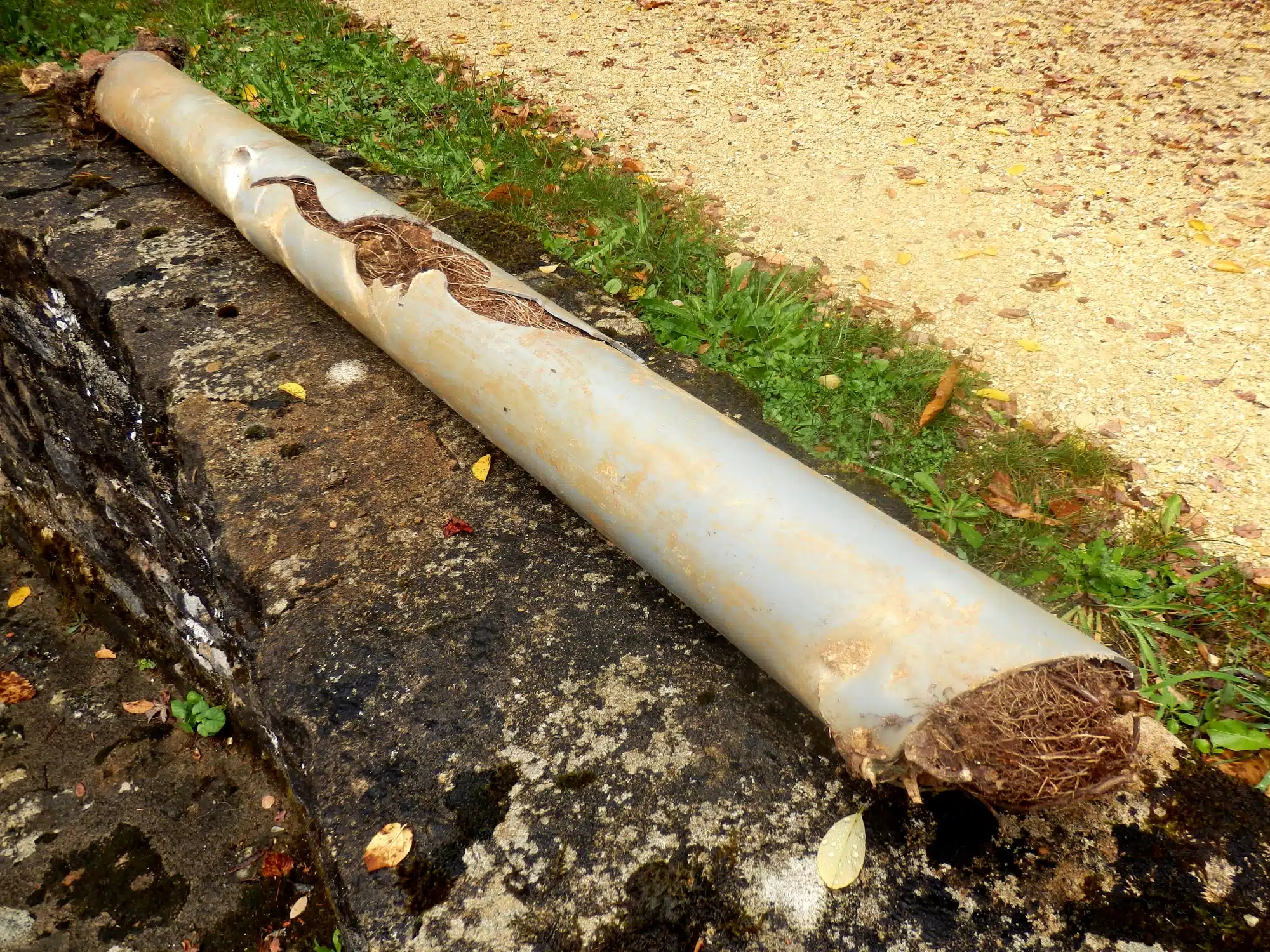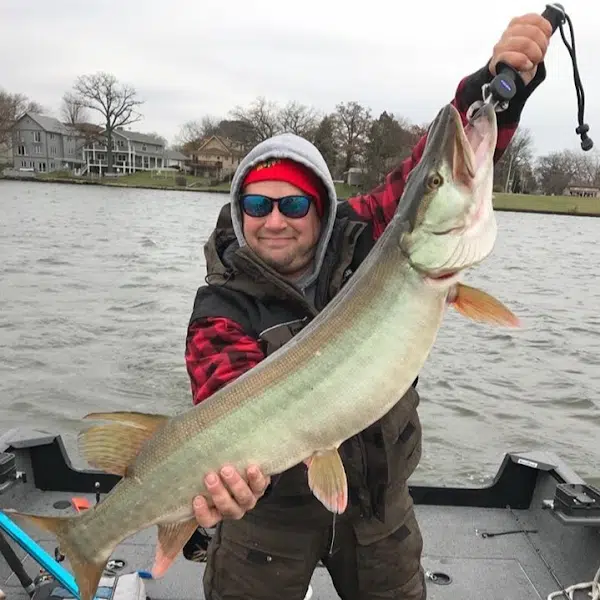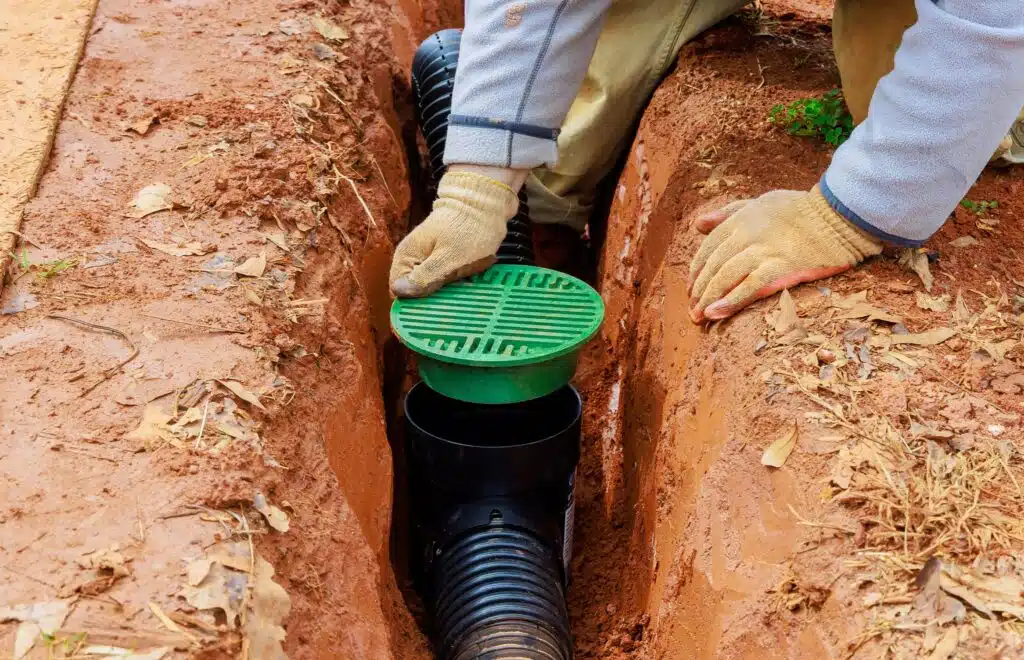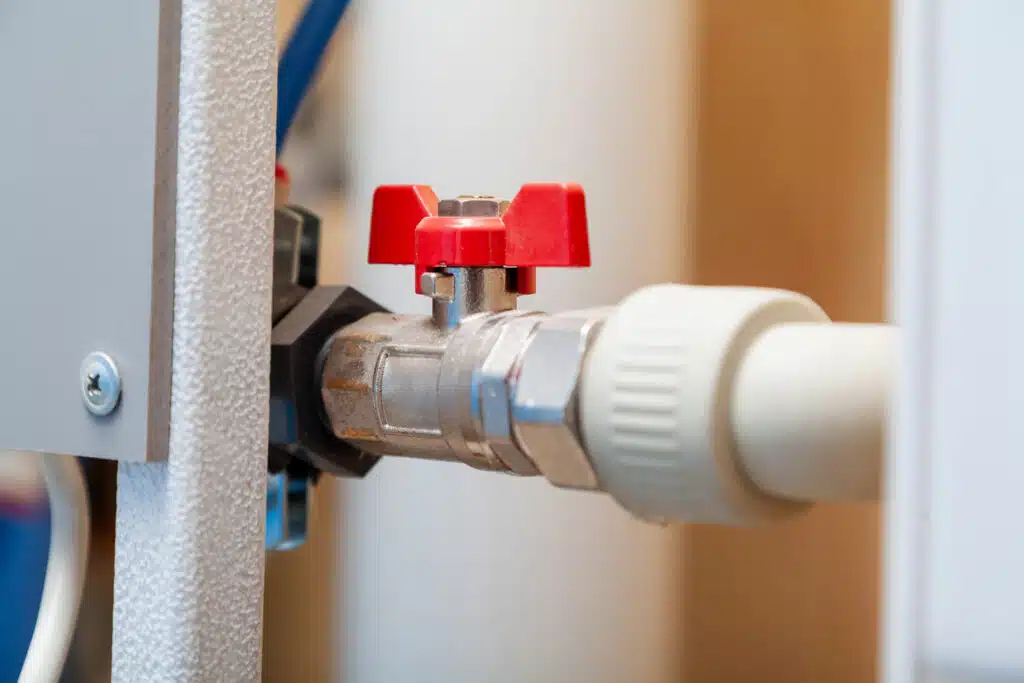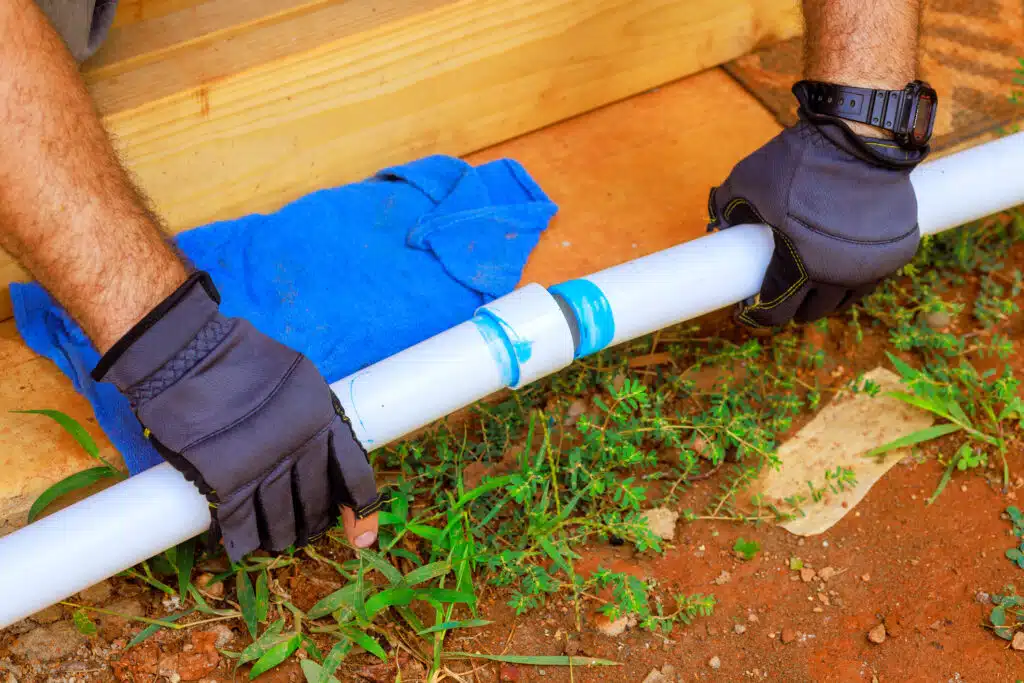Tree roots can damage sewer lines by infiltrating small cracks, leading to blockages, leaks, and costly repairs. Signs of root damage include slow drains, gurgling noises, foul odors, and unusually lush patches of grass. Preventive measures include choosing non-invasive trees, installing root barriers, and regular sewer inspections. If roots are detected, professional removal methods like hydro jetting or root-cutting augers can be effective. Severe damage may require pipe repair or replacement to restore proper function and prevent future issues.
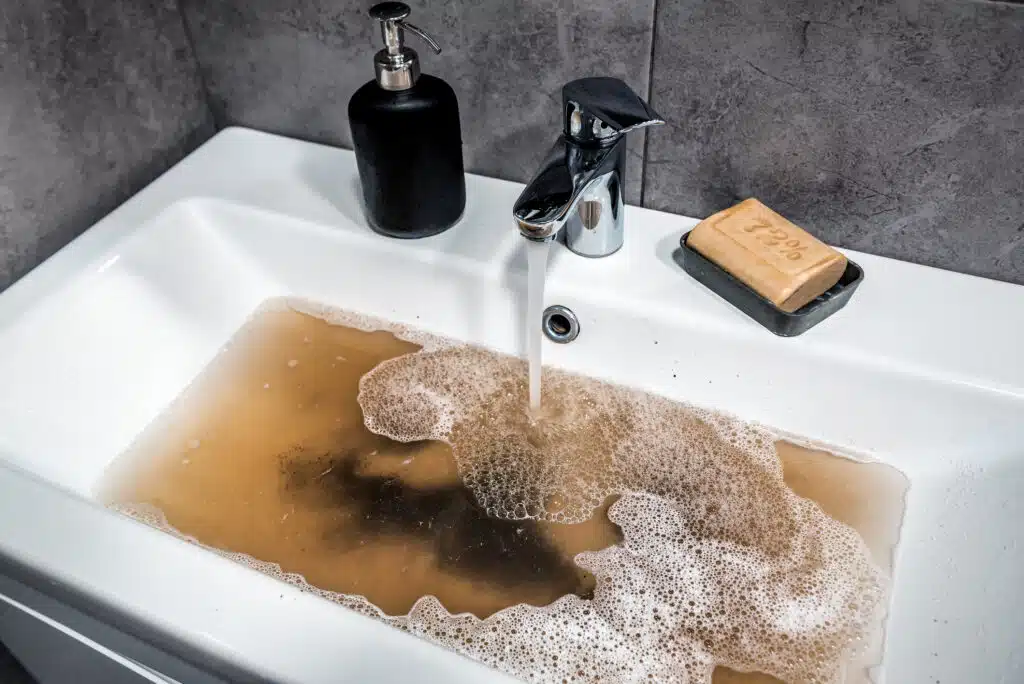
Ever had a drain that just wouldn’t clear up, no matter what you did? Tree roots might be the hidden culprit! While trees add beauty and shade to your yard, their roots can spell trouble for your underground sewer lines.
Roots are sneaky; they can find even the tiniest crack in a pipe and start growing inside. Before you know it, you’re dealing with clogs, backups, and expensive repairs. In this blog, we’ll uncover how tree roots impact sewer lines and what you can do to prevent this messy situation.
What Are Sewer Lines?
Sewer lines are the underground pipes that carry wastewater from your home to either a city sewer system or a private septic tank. They play a crucial role in keeping your home’s plumbing running smoothly. Whether you’re taking a shower, flushing the toilet, or running the dishwasher, all that used water flows down into these lines.
Typically made from materials like PVC, cast iron, or clay, these pipes are designed to last a long time. But despite their durability, they can be vulnerable to certain issues.
One of the most common problems homeowners face, especially in areas with plenty of trees like Lancaster, PA, is root invasion. Even a tiny crack in the pipe can attract roots looking for water and nutrients, and once they find their way in, they can cause all sorts of trouble for your sewer system.
How Tree Roots Interact with Sewer Lines
Tree roots naturally grow towards sources of water, nutrients, and oxygen. This makes sewer lines a prime target, as they often carry moisture and organic material.
When a root comes across a small crack or loose joint in the pipe, it will begin to grow inside, seeking the rich nutrients within. Over time, this growth can turn into a thick, tangled mass that clogs the pipe, causing slow drains and backups.
Roots don’t stop at just clogging the line. As they continue to grow, they can exert pressure on the pipe, widening any small cracks or even breaking the pipe apart entirely.
Once this happens, it can lead to costly repairs and a whole lot of frustration. Homeowners in areas like Reading, PA, often experience these problems due to the abundance of mature trees in residential neighborhoods.
Signs of Tree Root Damage to Sewer Lines
If tree roots have found their way into your sewer lines, you might start noticing some clear warning signs. Catching these signs early can help prevent further damage and costly repairs.
Tree roots can quickly escalate a minor issue into a major plumbing headache if left untreated. Below are some common symptoms of tree root damage that homeowners in areas like Lebanon, PA should watch out for.
Slow Draining Water
When roots start growing inside the sewer pipes, they can restrict the flow of water, making it difficult for wastewater to pass through. This results in slower-draining sinks, tubs, and toilets.
If you’re dealing with a persistent slow drain throughout the house, it’s often a sign of a blockage deep in your sewer line rather than just a simple clog. Multiple slow drains happening at the same time should raise a red flag that it’s not just a typical plumbing issue.
Unpleasant Odors
If you notice a foul, sewer-like smell coming from your drains, it might be due to roots trapping debris and waste inside the pipes. This buildup can lead to a lingering odor that won’t go away, no matter how much air freshener you use.
Unpleasant smells are a good indicator that something is seriously wrong in your sewer line. When tree roots start to decay inside the pipe, the situation can worsen, creating a stronger and more persistent odor in your home.
Gurgling Sounds in Pipes
Hearing strange gurgling or bubbling noises when you flush your toilet or run the sink is another sign that roots might be disrupting the flow in your sewer lines. These sounds occur because the water is struggling to pass through a blockage, creating pockets of trapped air.
The gurgling may start off softly and then become louder as the root mass grows larger inside the pipe. If you hear this sound regularly, it’s a good idea to call a professional to inspect your sewer system before the problem escalates.
The Effects of Tree Roots on Sewer Systems
Tree roots can do much more than just cause minor blockages; they can seriously disrupt your entire sewer system. When roots invade sewer pipes, the damage can escalate from a small clog to a full-blown plumbing disaster.
For homeowners in areas like Lancaster, PA, the cost of these repairs can add up quickly if the problem isn’t addressed early. Below are some of the most common issues caused by tree roots and how they can impact your home.
Blockages and Backups
As tree roots grow inside the sewer line, they create thick tangles that block the flow of wastewater. This can lead to frequent clogs and, even worse, sewage backups into your home.
A backup can result in unpleasant messes, requiring expensive cleanup and possibly even replacement of affected flooring or drywall. If left unchecked, the blockage can expand, eventually causing the entire pipe to become impassable.
Pipe Damage and Cracks
Roots are strong and relentless. As they grow and expand, they can widen small cracks and joints, eventually breaking the pipe apart. This can lead to more severe issues like pipe collapses, which are far more expensive and complicated to repair.
In some cases, the only solution is to replace the entire section of the damaged pipe. This kind of structural damage is not only costly but can also disrupt your daily life until it’s fully fixed.
Increased Repair Costs
What starts as a minor inconvenience can quickly become a costly repair if tree roots are involved. Simple root removal might only cost a few hundred dollars, but if the damage requires pipe replacement, the price can skyrocket.
Additionally, if the root growth causes flooding or property damage, it might also impact your homeowner’s insurance. To prevent this, it’s important to regularly inspect your sewer lines and address root issues before they become a major problem.
Preventive Measures to Protect Your Sewer Lines
Preventing tree roots from invading your sewer lines is always easier and cheaper than dealing with the aftermath. For homeowners in tree-rich areas like Reading, PA, taking proactive steps can save you a lot of headaches and repair costs in the long run.
There are a few simple strategies you can use to keep roots out of your pipes and protect your sewer system. Below are some effective preventive measures that will help keep your sewer lines free of root problems.
Choosing the Right Trees
Before planting any new trees in your yard, it’s important to research which species have less aggressive root systems. Trees like oak, birch, and certain maples are known to have extensive root networks that can stretch out long distances underground.
Instead, opt for smaller, less invasive varieties like dogwoods, crabapples, or Japanese maples, which are less likely to interfere with underground piping. Always plant trees at least 10 feet away from your main lines to prevent future root invasion.
Regular Inspections and Maintenance
Having your plumbing system inspected by a professional plumber on a regular basis is one of the best ways to catch root issues early. Plumbers can use specialized cameras to check for small cracks or root growth before they become major problems.
Annual or bi-annual inspections are recommended, especially if you live in a heavily wooded area. Early detection will not only save you money but also prevent the hassle of a messy backup.
Root Barriers and Other Solutions
Installing root barriers around your plumbing lines can prevent roots from reaching the pipes. These barriers are usually made of materials like metal or thick plastic and are placed several feet deep into the soil.
They create a protective shield, redirecting roots away from the pipelines. Another option is to use root-killing chemicals, which are flushed down your drains to kill any roots inside the pipes, but these should be used cautiously and under professional guidance to avoid harming your trees.
What to Do if You Suspect Root Damage
If you think that tree roots have already made their way into your sewer lines, don’t ignore it. The longer you wait, the more damage they can cause.
Taking quick action will help prevent a minor issue from turning into a major (and expensive) problem. Here’s what you should do if you suspect root damage in your sewer system.
Signs to Look For
Tree roots invading your sewer line can be tricky to spot until the problem becomes severe. However, knowing what to look for can save you from costly repairs and major headaches down the road.
Being proactive by keeping an eye out for these symptoms can help you catch root problems early, ensuring your plumbing system continues to run smoothly.If you notice any of the signs below, it’s time to act quickly and reach out to a professional for an inspection.
- Slow Drains: Persistent slow draining in multiple fixtures is a common warning sign of a deeper blockage in your sewer line. If plungers and regular drain cleaners don’t help, tree roots might be the hidden culprit.
- Unpleasant Odors: Foul, sewer-like smells from sinks, toilets, or floor drains can indicate trapped debris and waste caused by root growth inside the pipes. These odors are a clear sign that something is wrong underground.
- Gurgling Sounds: Strange gurgling or bubbling noises when you flush the toilet or run the sink happens because the water is struggling to pass through a blocked pipe. This could mean tree roots are disrupting the flow.
- Lush Grass Patches: This could be a result of leaking pipes providing extra moisture and nutrients to the surrounding soil—one of the first signs of root intrusion.
- Sinkholes or Damp Spots: Soft or sunken areas in the yard are a serious indicator of potential root damage or pipe collapse. These require immediate attention to prevent hazardous conditions and costly repairs.
If you’re noticing any of these signs, don’t wait until the problem gets worse. It’s best to contact a professional plumber right away to perform a thorough inspection and recommend the right solution.
Early detection and intervention can save you from the hassle of major plumbing repairs and keep your home’s sewer system functioning properly.
Contacting a Plumbing Professional
Once you notice any signs of root invasion, it’s time to call a licensed plumber who specializes in sewer line inspection and repair. Plumbers have the right tools, like sewer cameras, to get a clear view of your pipes and pinpoint where the roots have entered.
Avoid trying to fix the problem yourself, as DIY methods can sometimes make the issue worse. A professional will be able to recommend the best course of action, whether it’s root removal or pipe repair.
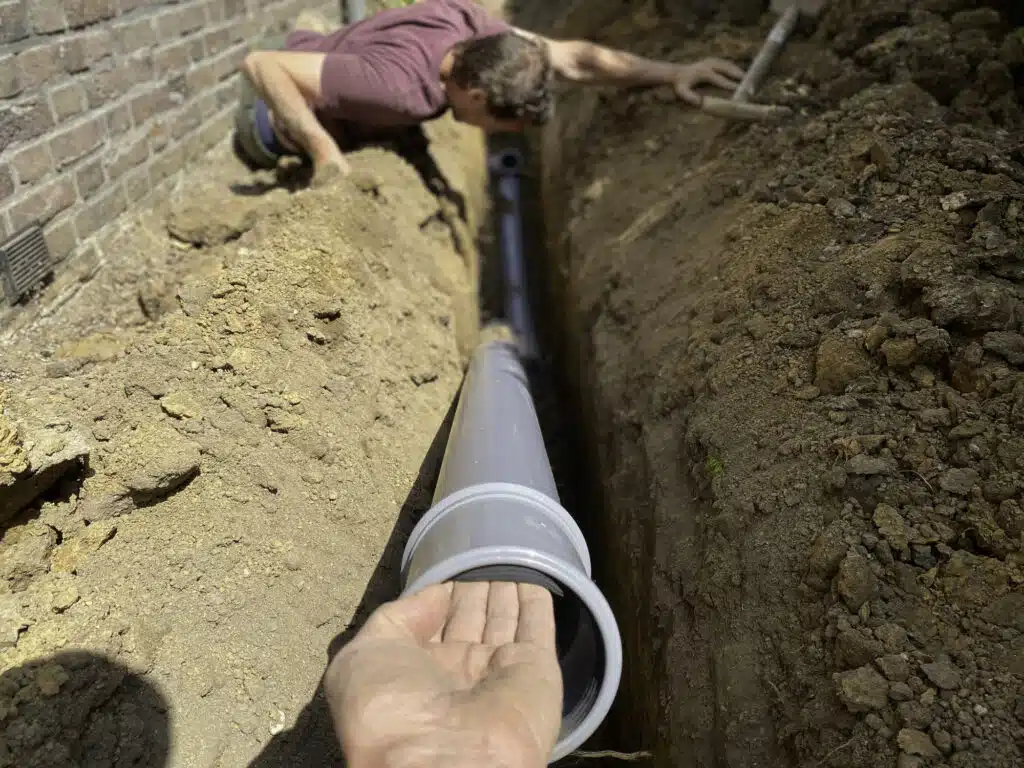
Solutions for Existing Root Problems
If you’ve confirmed that tree roots have infiltrated your sewer lines, don’t panic! There are effective solutions to handle the problem and prevent future damage.
Depending on the severity of the situation, your plumber may suggest anything from a simple root removal to a complete pipe replacement. Below are some of the most common options for dealing with existing root problems.
Professional Root Removal
The first step in tackling root invasion is removing the roots inside the sewer lines. Plumbers often use a method called hydro jetting, which involves blasting a high-pressure stream of water through the pipe to cut away the roots.
Another method is using a root-cutting auger, a tool that grinds the roots away without harming the rest of the pipe.
While these methods clear out the roots temporarily, keep in mind that they don’t prevent them from growing back, so additional steps may be needed to stop future root intrusion.
Pipe Replacement vs. Repair
If the roots have caused severe damage, such as cracks or complete pipe collapse, you might need to choose between repairing the damaged section or replacing the entire line.
Repairing usually involves patching up the cracks or using a lining method to reinforce the inside of the pipe. However, if the damage is extensive, full replacement may be the only viable option.
While replacement is a bigger investment, it provides a long-term solution that eliminates root problems altogether and ensures a safer, more reliable sewer system.
Don’t Let Tree Roots Ruin Your Sewer Lines!
Tree root damage can quickly turn into a costly disaster for your home’s plumbing. If you suspect root issues in Lancaster, Reading, or Lebanon, PA, don’t wait until it’s too late.
Contact Benjamin Franklin Plumbing of Lancaster for professional inspections and reliable solutions to keep your sewer lines clear and your plumbing system running smoothly. Call us today and protect your home from underground trouble!
FAQs
Can tree roots really cause damage to sewer lines?
Yes, tree roots are a common cause of sewer line damage, especially if you have older pipes made of clay or cast iron. Roots can find their way into small cracks and grow rapidly inside the pipes, causing blockages and even breaking the pipes apart over time.
How can I tell if my sewer lines are damaged?
Some common signs of sewer line damage include slow drains, gurgling noises in your pipes, unpleasant odors coming from your drains, and unusually green or wet patches in your yard. If you notice any of these signs, it’s best to call a plumber for an inspection.
What types of trees should I avoid planting near sewer lines?
Avoid planting trees with aggressive root systems, such as oak, maple, willow, and birch. These types of trees have extensive root networks that can spread out and invade sewer lines. opt for trees with smaller root systems, like dogwood or Japanese maple, if you want to plant near your sewer lines.
How often should I have my sewer lines inspected?
It’s recommended to have your sewer lines inspected at least once a year, especially if you live in an area with a lot of mature trees. Regular inspections can catch root growth or minor cracks early on, helping you avoid costly repairs down the line.
What should I do if I think roots are in my sewer line?
If you suspect roots have entered your sewer line, contact a professional plumber as soon as possible. They can use specialized equipment to inspect the pipes and determine the best course of action, whether it’s root removal or more extensive repairs.








